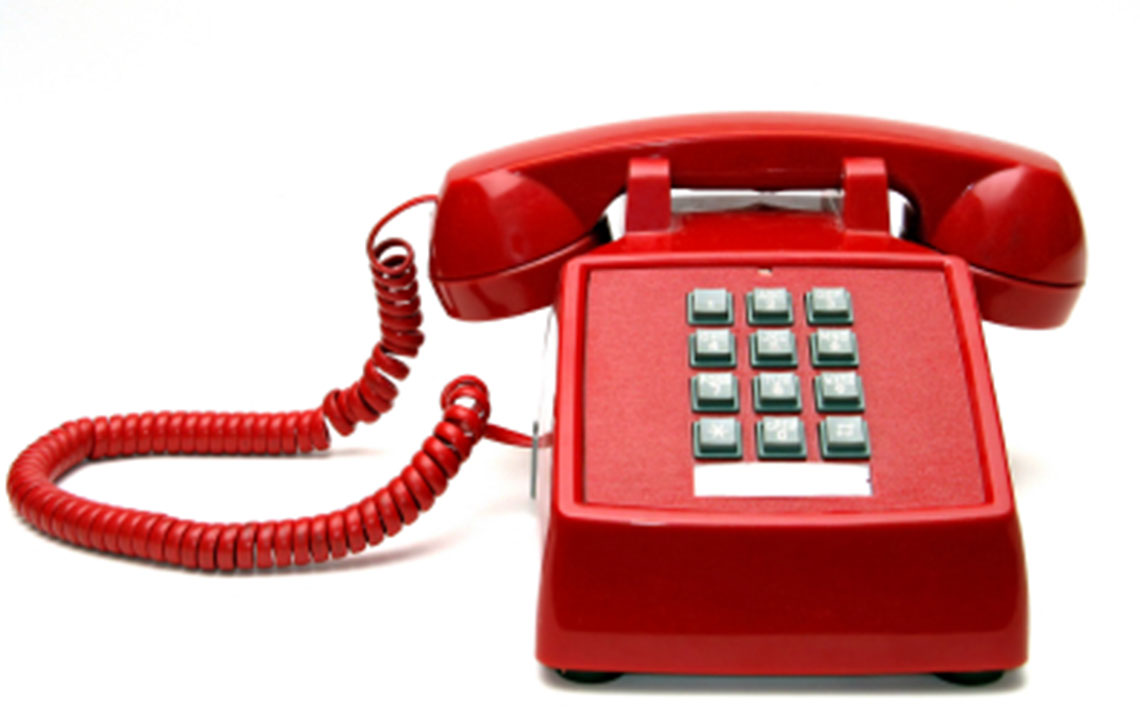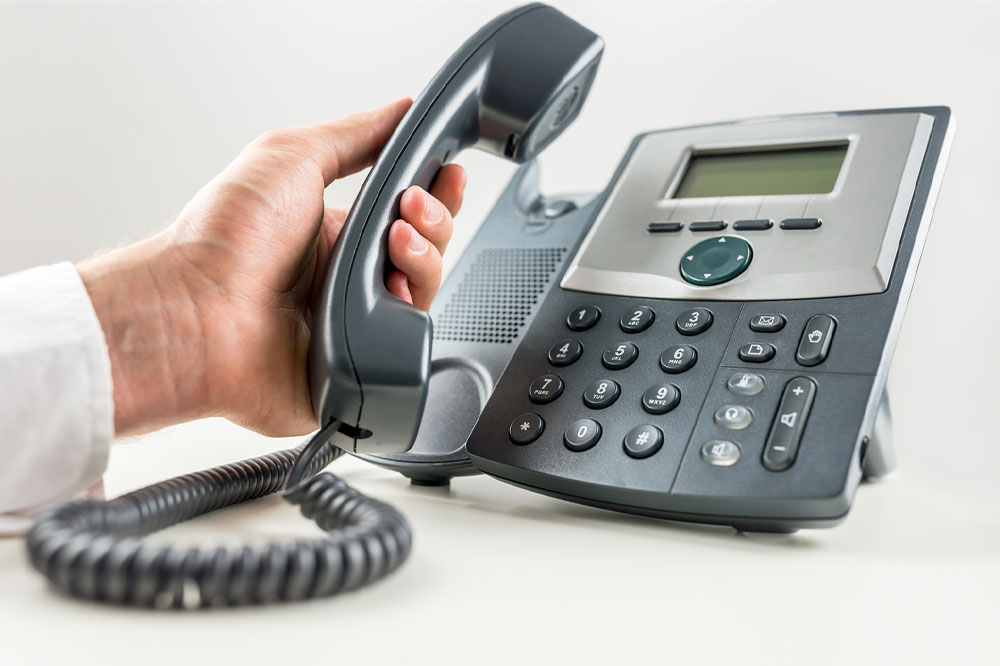Evolution and Features of Landline Telephony
This article explores the history and features of landline phones, from their early development to modern functionalities. It highlights the evolution from telegraphs to advanced home communication systems, emphasizing current benefits like caller ID, call hold, and international calling options. Despite the growth of mobile technology, landlines remain a cost-effective, dependable communication tool for many users worldwide.

Evolution and Features of Landline Telephony
Landline telephones have evolved significantly from their origins as early electrical telegraphs to the reliable home communication devices we know today. In 1804, scientist Francisco Salvá Campillo advanced electric communication by developing an electromagnetic telegraph. This innovation was refined further by Baron Schilling, followed by contributions from Carl Friedrich Gauss and Wilhelm Weber.
The first household telephone was introduced in 1876 at the Philadelphia Centennial Exhibition, thanks to Alexander Graham Bell. Initially a point-to-point system, it expanded using exchanges enabling calls across longer distances. Post-1930s, dedicated lines linked smaller towns with urban areas. By the 1960s, rotary dials transitioned to touch-tone signaling.
Modern landlines feature caller ID, call hold, and anonymous call rejection. They also support free customer service calls, three-way calling, ring back, and call forwarding. Despite the rise of smartphones and VoIP, landlines remain popular, offering cost-effective international calling, bundling options, and reliable communication, ensuring their continued relevance.










